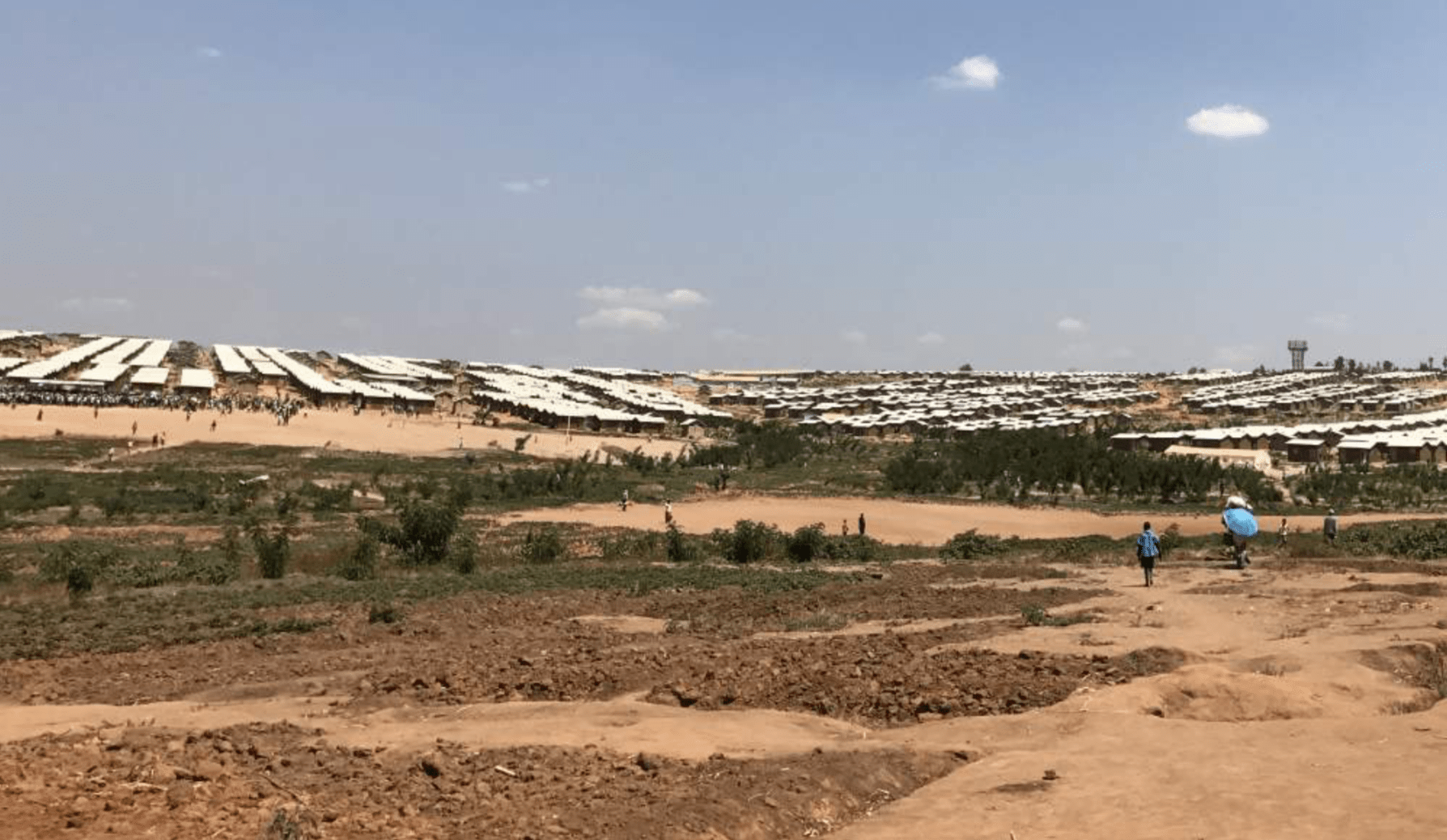An estimated US$1.3 billion is remitted annually to Somalia by diaspora mainly via money service businesses (MSBs). This remittance flow accounts for around 50% of Somalia’s GNI and 80% of investment in the country. According to the World Bank, 40% of the population (or 3.4 million people) rely on remittances to meet their basic needs. As a result, any reduction in remittances could have significant developmental impacts on Somalia.
Somalia’s financial/banking sector and supervisory regime is still developing. For example, between the outbreak of the civil war in 1991 and the subsequent re-establishment of the Central Bank of Somalia in 2009, Somalia had no central monetary authority. To fill this gap a widespread network of private MSBs has emerged, providing informal banking networks. Today, there are a number of different MSBs operating in Somalia. Dahabshiil is the largest of these with around 130 branches.
This project falls under the Safer Corridor Pilot work strand. The objective of the Safer Corridor Pilot is to provide a temporary mechanism to sustain the flow of remittances from the UK to Somalia through secure, legitimate, accessible, and affordable channels by reducing and managing exposure to the risk of abuse for illicit purpose. To do this, the Safer Corridor Pilot develops, implements and tests solutions at each stage or ‘mile’ of the remittance transaction from the UK to Somalia.
This report, written by Consult Hyperion and commissioned by FSD Africa complements and contributes to a wider programme of activities at each stage of the remittance corridor from the UK to Somalia. Its predominant focus is to develop recommendations to reduce and manage risk at the final stage (the ‘third mile’) of the remittance corridor from the UK to Somalia.

